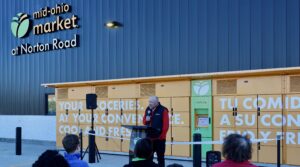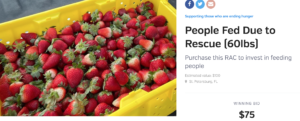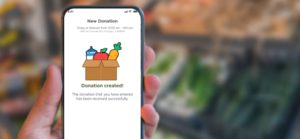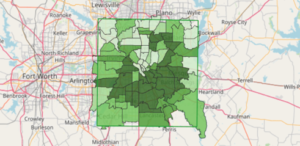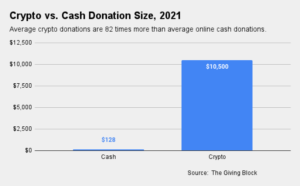Placer Food Bank, serving three counties in Northern California, expects its new virtual food drive platform will bring in at least triple the amount of food.
Placer is going all in on virtual food donations, announcing earlier this month that it’s exclusively using an online platform to raise funds for food, and is no longer accepting individual or community food donations. The transition to virtual donations will be promoted through social media, local TV and radio.
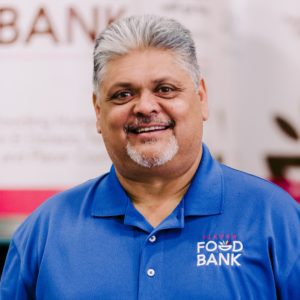
“With the online platform, I think donations will really explode,” says Dave Martinez, Executive Director.
In the past, seasonal food drives typically brought in between 30,000 to 50,000 pounds of food. “Now, I conservatively see where we will probably hit at least 150,000 pounds this year,” he said.
Placer is one of a growing number of food banks that are turning to virtual food drives as a way to overcome obstacles presented by Covid-19, including fewer places like schools and offices to conduct drives and fewer volunteers to sort food.
While the food bank had experimented with an online portal in the early 2000s, it was clunky and didn’t get much traction. “Back then, people really wanted to do the food drives and have more interaction,” Martinez said.
One year into the pandemic, things are different. “I think folks really understand why we’re doing this and have already become accustomed to ordering food online,” he said.
The new digital platform, supported by fundraising software provider Qgiv, lets people donate non-perishable food boxes with a variety of canned and boxed items, as well as backpacks filled with child-friendly food items including microwavable entrees, juice boxes and applesauce.
An additional pro of the new virtual platform is the option to donate bags of perishable fruits and vegetables. “In traditional food drives we couldn’t take perishables, so this is good news,” said Martinez.
As part of the California Association of Food Banks, Placer can place wholesale orders that drive down costs. “We can get costs down to a third of what somebody would get if they walk into their local retail market,” he explained.
The food bank can also more easily control its inventory based on current needs. Simple protein-based staples such as canned tuna or peanut butter are in high demand, for example, but these are more costly items often in short supply. “Now, we can allocate donations away from cheaper canned vegetables if we need to,” he said.
Down the road, however, Martinez also sees in-person donation options coming back into vogue. “I absolutely see a hybrid coming into effect in the future, where people can donate online as well as through individual and community food drives,” he said. “This will be a new normal, but I’ve been working in food banks for 35 years, and things come full circle.” — Sharon Goldman
Sharon Goldman is a freelance writer who has written for publications including Forbes.com, Business Insider, Shopper Marketing and Adweek.
Like what you’re reading?
Support Food Bank NewsConnect with Us:

